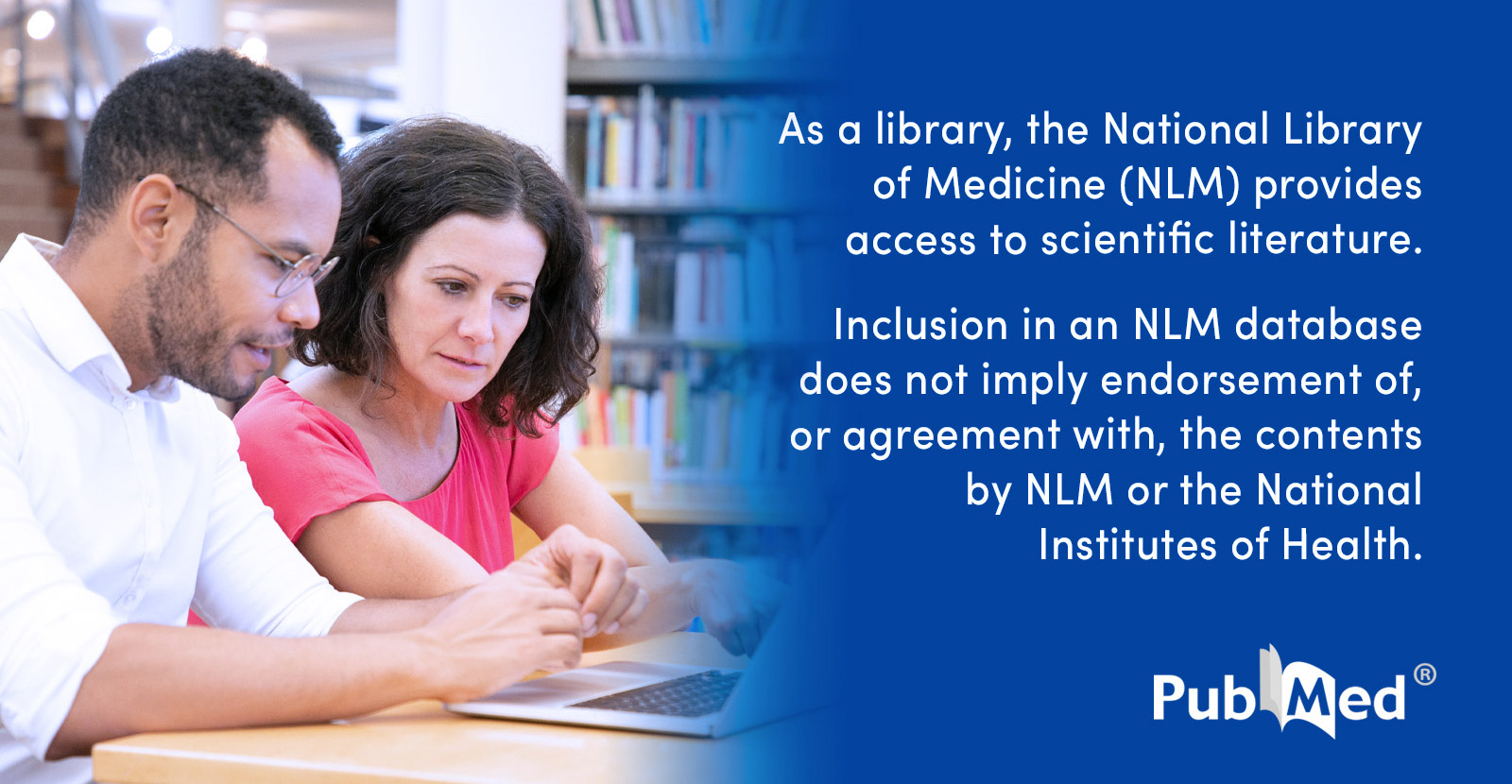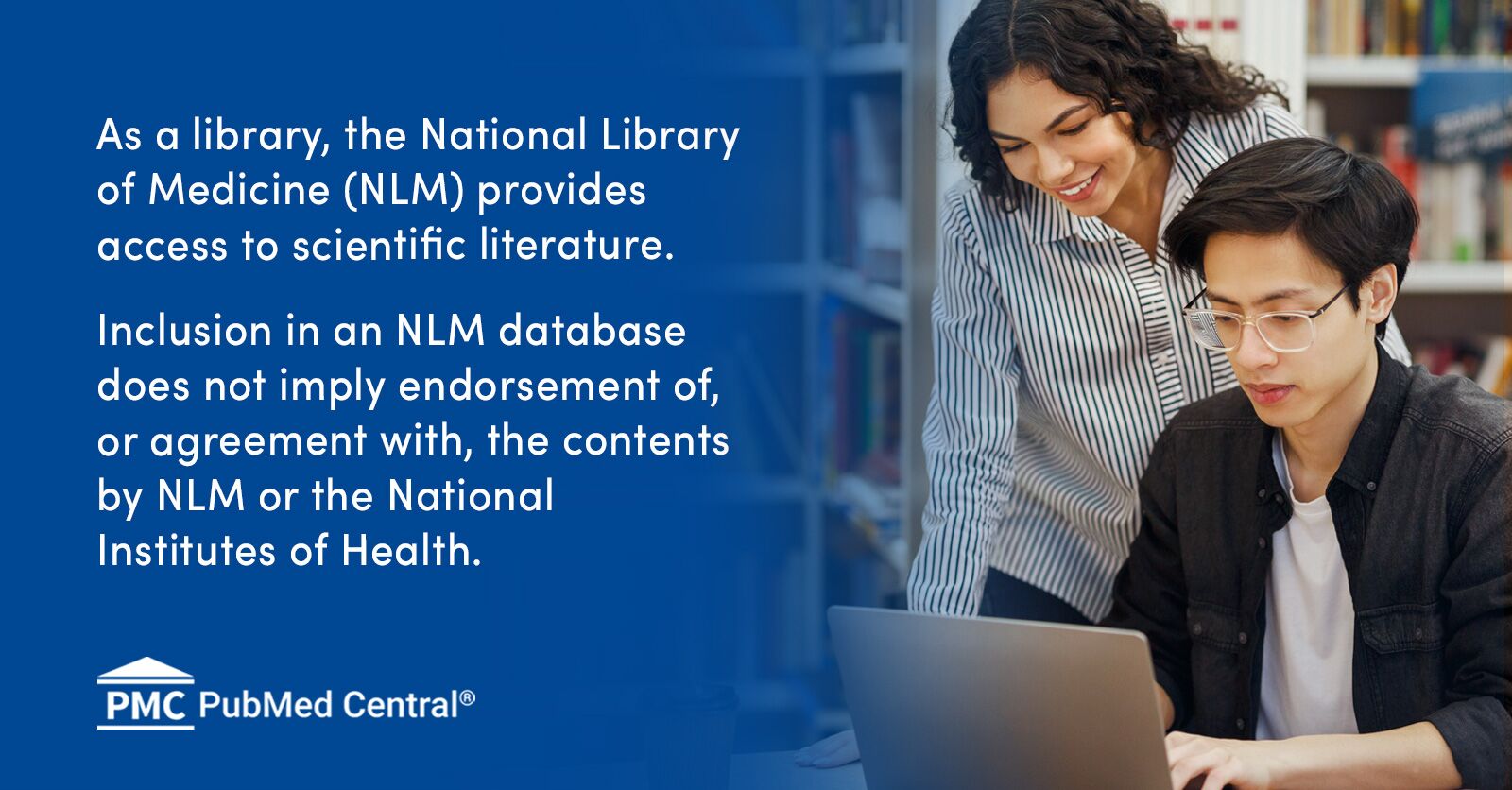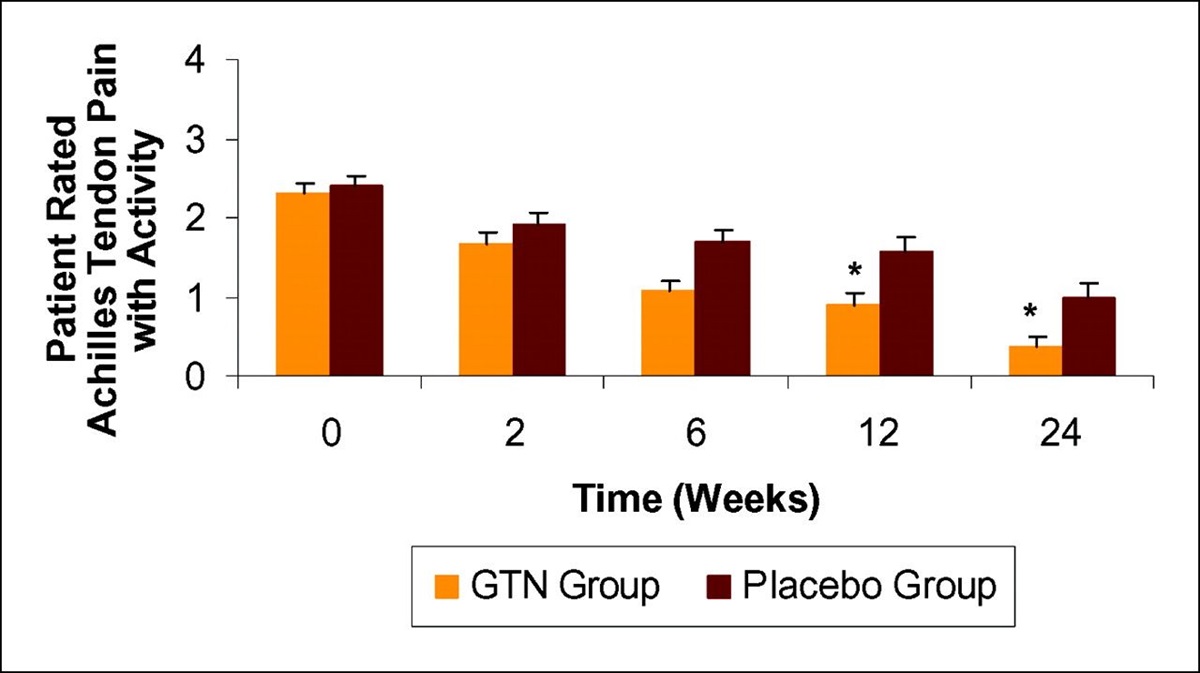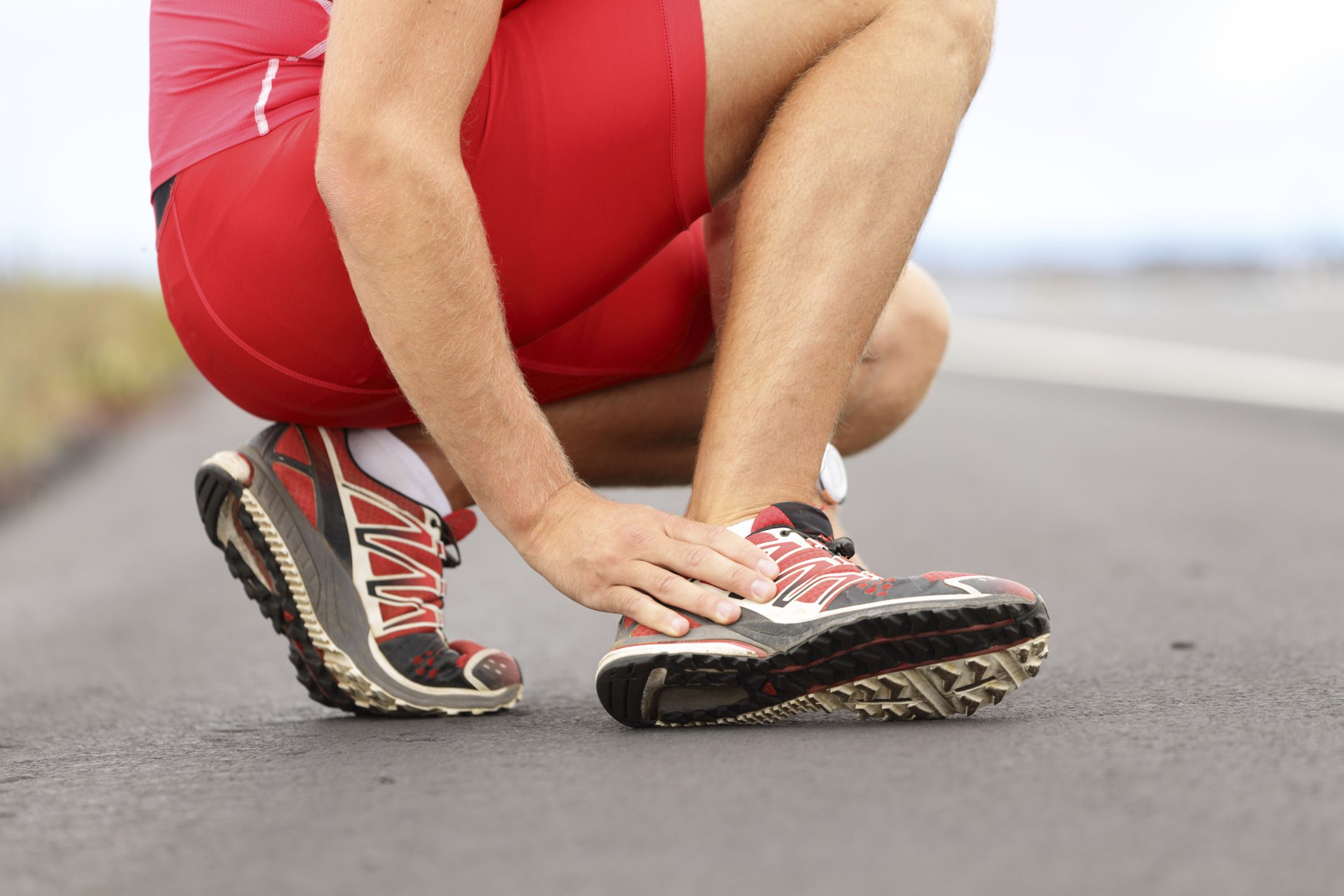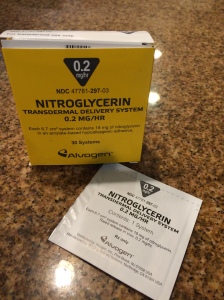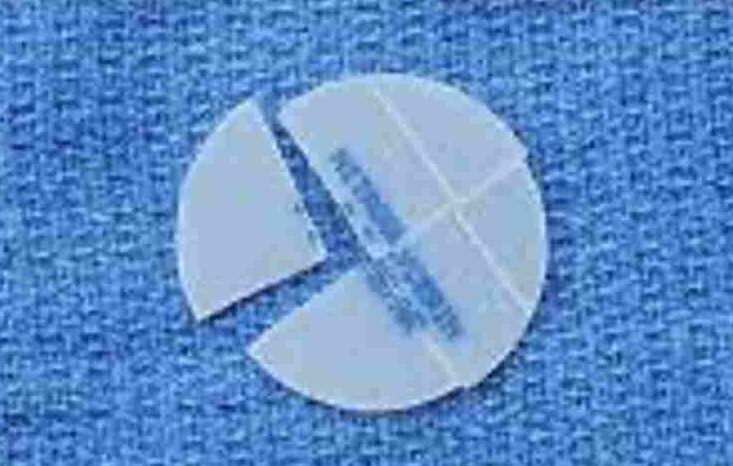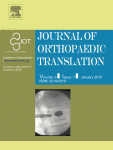Here is a short explanation of what my tendon issue is. Tendinopathy of the distal hamstring tendon at the medial knee. First occurrence 8 years ago lasted 2 years. Issue came back strong November 2020. After 3 months of failed rehab due to load aggravating the issue twice and working with 2 different PTs I needed something more to help get ready for work as a seasonal worker for the town where I live. By mid April I was in as bad a state if not worse than in mid-January when I started rehab with the first PT. So I asked my family doctor for a treatment with GTN patches after doing a lot of reading to find something to help with my rehab.
I was only expecting the patches to help with the healing by allowing more load tolerance so that I could perform the rehab exercises without aggravating my issue when the load was augmented.
One month of GTN patch (Nitro patches) treatment update:
- The first thing I noticed was an almost immediate reduction of pain and irritability. After 2 days of treatment, I could go though a full day of work without anything more than light discomfort. Just before, I was putting Chinese wood-lock oil on my knees twice a day just to make it through the day at work.
- This allowed me to restart a rehab program with again another PT without the fear of aggravating my issue a third time.
- I was able to do light training without irritating or aggravating my tendons
- When the workload was high at work and I had irritation at my tendons, it usually dissipated within a few hours and was never more than light irritation (1-2 on a 1/10 scale)
- When the PT changed my rehab plan after a month and I again had an exercise that proved to be too much load, by the 2nd day irritation was down to nothing and I could again work without pain and discomfort for a full day of work.
In conclusion for the time being, the patches have allowed enough healing and pain reduction for me to go through my daily activities and more without aggravating my tendon issues and also have removed the fear of aggravating the issue. I plan on continuing the treatment for at least another 2 months and for up to 6 months total.
EDIT: I did get headaches from the patches as side effects, only at night, so I now remove them before going to bed most of the time. I do keep them when I have harder days at work and have experienced less headaches from keeping them lately.
I will update again at the end of month 2-3 depending on how things progress.
This is all anecdotal based on personal experience and not medical advice. Please contact a medical professional if you consider GTN patches as treatment for any issue you might have.
I will gladly answer any questions anyone might have though, since this treatment has really been a game changer for me, better than anything I could have hoped for.

